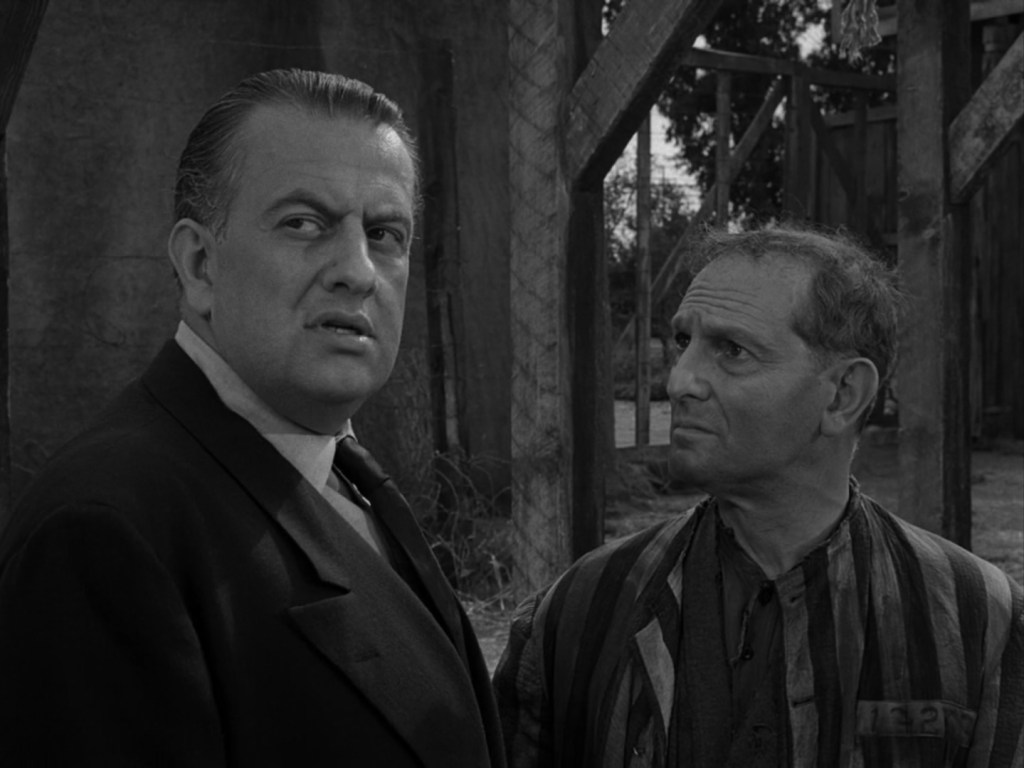Deaths-head revisited questions and answers – Embark on an in-depth journey into “Deaths-Head Revisited: Questions and Answers,” a literary masterpiece that has captivated readers for decades. This guide will delve into the intricacies of the text, examining its historical context, thematic depth, and enduring legacy.
Through insightful analysis and engaging discussions, we will uncover the significance of this seminal work, shedding light on its characters, symbolism, and literary techniques.
The Deaths-Head Revisited: A Historical and Cultural Perspective: Deaths-head Revisited Questions And Answers

The Deaths-Head Revisited is a seminal work of literature that explores the horrors of the Holocaust and the complexities of human nature. Written by Elie Wiesel, a survivor of Auschwitz, the novel delves into the profound psychological and spiritual impact of the Holocaust on its victims and survivors.
The Characters and Their Motivations
Eliezer, the protagonist, is a young Jewish boy who is deported to Auschwitz with his family. Eliezer’s experiences in the camp shape his character, leading him to question his faith and the meaning of existence. Other characters include his father, a devout and resilient man; his mother, who is consumed by despair; and his sister, who is killed in the gas chambers.
The Themes and Symbolism, Deaths-head revisited questions and answers
The Deaths-Head Revisited explores the themes of faith, guilt, and the nature of evil. Eliezer’s journey through the Holocaust is a profound meditation on the limits of human endurance and the resilience of the human spirit. The novel also employs powerful symbolism, such as the use of the “deaths-head” insignia worn by the Nazi guards, to represent the dehumanization and brutality of the Holocaust.
The Historical and Cultural Context
The Deaths-Head Revisited was written in the aftermath of the Holocaust, a time of profound grief and reckoning. The novel reflects the author’s own experiences as a survivor and his desire to bear witness to the horrors of the Holocaust.
The work has also had a significant impact on Holocaust education and remembrance, serving as a powerful reminder of the dangers of hatred and intolerance.
The Literary Techniques and Style
Wiesel employs a spare and poetic prose style in The Deaths-Head Revisited. The novel is written in the first person, lending a deeply personal and intimate perspective to the events described. Wiesel also uses flashbacks, stream-of-consciousness, and other literary techniques to create a complex and evocative narrative.
The Reception and Legacy
The Deaths-Head Revisited has been widely acclaimed for its literary merit and its powerful exploration of the Holocaust. The novel has been translated into more than 30 languages and has been adapted for stage and screen. It remains a vital and enduring work of literature, serving as a reminder of the horrors of the past and a testament to the resilience of the human spirit.
Expert Answers
What is the significance of the deaths-head symbol in the novel?
The deaths-head symbol represents mortality, the inevitability of death, and the fragility of human life. It serves as a constant reminder of the characters’ own mortality and the precariousness of their existence.
How does the novel explore the theme of guilt and redemption?
The novel delves into the complexities of guilt and redemption through the experiences of its main characters. It examines the psychological and emotional toll of past actions and the possibility of finding redemption through confronting one’s own culpability.
What is the role of historical context in shaping the novel’s narrative?
The novel is deeply rooted in the historical events of World War II and the Holocaust. It reflects the horrors and moral dilemmas of that era, exploring the ways in which individuals and societies grapple with the consequences of war and genocide.


